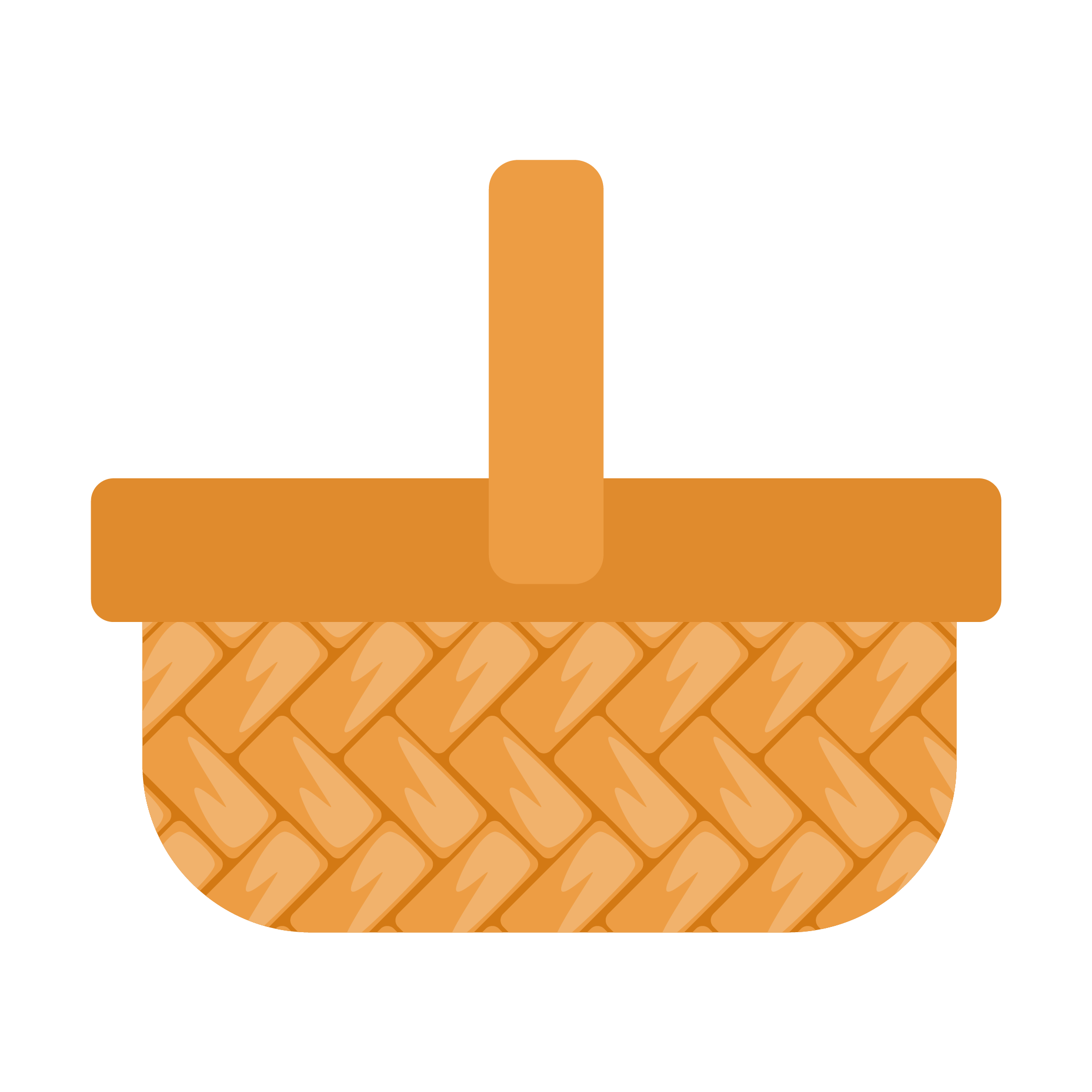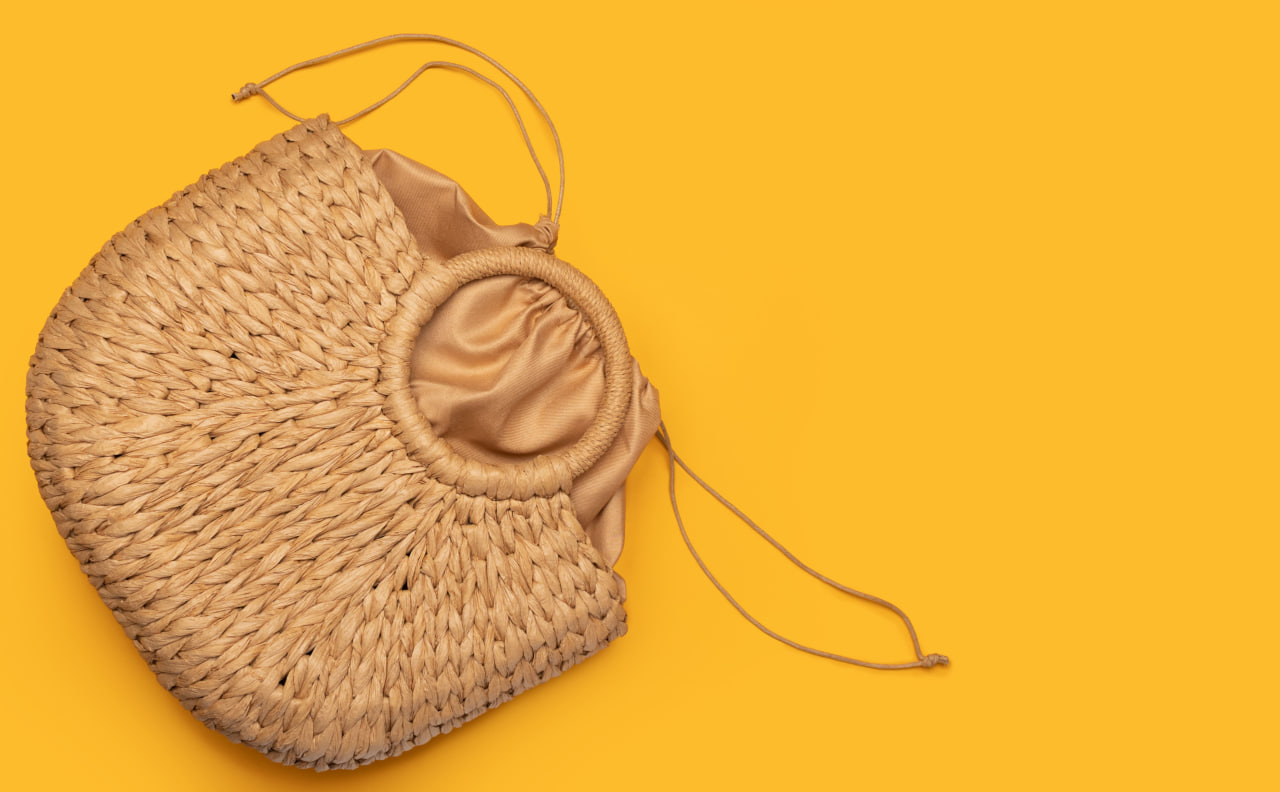Wicker weaving is a versatile craft, but selecting the right material is essential for achieving the desired durability, appearance, and flexibility. Different types of wicker materials offer unique characteristics, making them suitable for specific projects. This guide will help you choose the best material for your weaving needs.
1. Natural vs. Synthetic Wicker
The first decision you need to make is whether to use natural or synthetic wicker.
- Natural Wicker: Includes materials like rattan, willow, bamboo, and seagrass. It offers an authentic, rustic look and is biodegradable but requires proper care to prevent moisture damage.
- Synthetic Wicker: Made from resin or plastic, it is weather-resistant, making it ideal for outdoor furniture and decor. However, it lacks the organic feel of natural wicker.
2. Common Types of Natural Wicker Materials
If you prefer traditional weaving, consider these natural materials:
- Rattan: One of the most popular choices for wickerwork, rattan is strong, flexible, and easy to weave. It is commonly used for furniture, baskets, and decorative pieces.
- Willow: Known for its fine texture and strength, willow is perfect for intricate weaving patterns. It is often used in basketry and artistic designs.
- Bamboo: Lightweight and durable, bamboo is ideal for structured weaving projects such as trays, room dividers, and furniture.
- Seagrass: A softer material that adds a rustic aesthetic, seagrass is often used for decorative baskets and indoor furniture.
3. Factors to Consider When Choosing Wicker Material
When selecting a material for your project, consider the following:
- Flexibility: For detailed weaving, choose a material that is easy to bend and shape, such as rattan or willow.
- Durability: If your project requires a strong and long-lasting weave, opt for bamboo or synthetic wicker.
- Weather Resistance: Outdoor projects should use treated natural wicker or synthetic options to prevent deterioration from moisture and sunlight.
- Aesthetic Appeal: Each material has a unique texture and color, so select one that matches your desired look.
Conclusion
Choosing the right wicker material can enhance both the appearance and longevity of your woven creations. Whether you opt for natural or synthetic materials, understanding their properties will help you make informed decisions for your craft. By experimenting with different types, you’ll find the perfect fit for your weaving projects.

